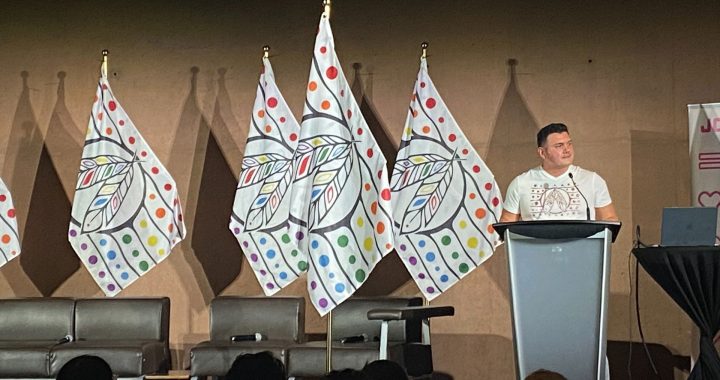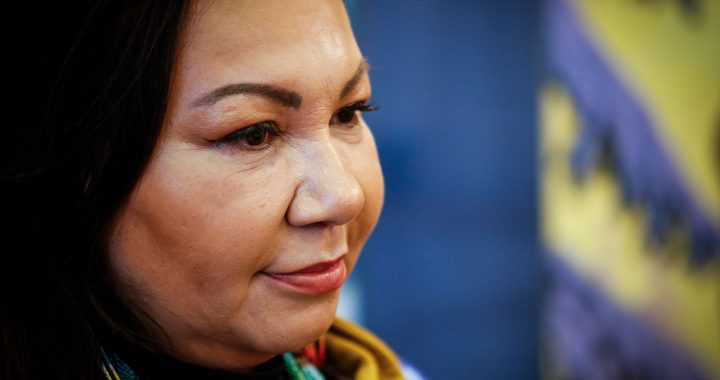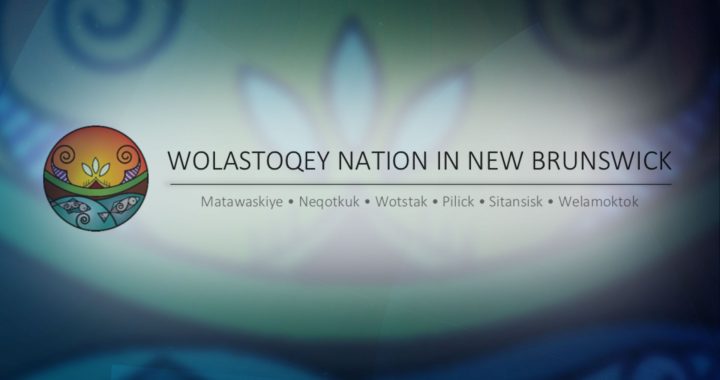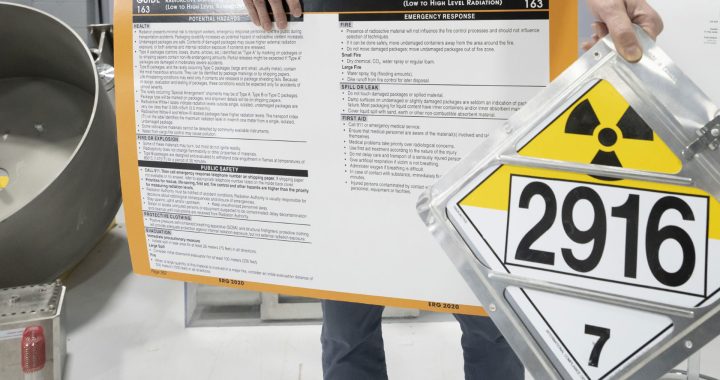
Kisha Supernant, Director of the Institute of Prairie and Indigenous Archaeology and a Professor in the Department of Anthropology at the University of Alberta and GPR expert.
Data sovereignty was under discussion in Ottawa on Wednesday at an event held by the National Advisory Committee on Residential School Missing Children and Unmarked Burials, also known as the NAC.
According to Laura Arndt, head of the Six Nations Survivors Secretariat, there is a “lack of trust with government officials and institutions.”
“If we are truly going to bring our children home we need to treat these records with the same sense of sacredness as we do of the work of ground search. From the records and documents we’ve found everything from maps to descriptions of the original buildings, registration lists, health records, through to discharge records.
“This is all information that the families should decide who can access.”
Arndt stressed the significance of data sovereignty in the context of residential schools investigations.
“The reason I don’t want to work with the government to hold the data is because this is our history. These are our family stories and the children we were not able to protect when they went into residential schools, are the children whose memories are contained in records and documents,” Arndt said. “We are not just talking about graves, we are talking about children.
“If we are going to honour them and bring them home, we treat the records and documents with the same sense of sacredness, as we do of the work of ground searches.”
Raymond Frogner, senior director of research and archives for the National Centre for Truth and Reconciliation (NCTR), also emphasized the need for the protection and accessibility of digital materials.
“We need to protect this data because it is more than an IT solution. It has to have meaning to the communities they concern and must be digitally preserved,” Frogner said, stressing the urgency of ensuring Indigenous communities’ control over their historical records.
The NAC was established in 2022 to ensure families and communities have access to trustworthy information about all aspects of the search for missing children of residential schools.
According to the NAC, the committee brings together a wide range of knowledge and experience in fields such as Indigenous law and cultural protocols, health and wellness. archival research, ground search technologies, forensics and criminal investigations.
Experts clarify techniques
The one-day meeting developed into a broader discussion on technologies and methodologies for uncovering the truth about the missing children of residential schools, including ground-penetrating radar (GPR) and what is called LiDAR techniques.
The goal of the conference was to put the use of GPR in context.
Kisha Supernant, a Métis professor at the University of Alberta and GPR expert, described the process and the technology’s abilities and limitations in discovering potential graves.
“There are a number of technologies that can be used to search the ground for missing children and the potential graves of those children,” she said. “When we use GPR, we do it in a very systematic way.
“It’s a technique that sends waves into the ground, those waves travel through the earth, when there’s a change or something not normal they will reflect that wave differently.
“It’s a very similar concept to a fish finder,” Supernant added. “Some communities have started using historic human remains detection dogs. These dogs are trained to smell old human bones; these dogs can detect bones for sometimes up to 1,000 years.
“As you now know, we are not solely depending on GPR to find the missing children. The dogs are also great at detecting bones under clay heavy ground.”
Supernant reminded denialists of what happened at the Dunbow Indian Residential School.
“In the late ’90s there was a big flood in the Calgary area and 35 or 36 bodies associated with the Dunbow Residential School were washed up,” she said. “So, we have found bodies.”
According to the NCTR, information on a number of those children is still unknown.
The conference also delved into the historical context of residential schools, focusing on the devastating discovery at the Kamloops Indian Residential School, where GPR revealed the possible remains of up to 215 children.
Gary Anandasangaree, Minister of Crown-Indigenous Relations, echoed what has been said by other ministers and lawyers, “Denialism should be a criminal offence.”









